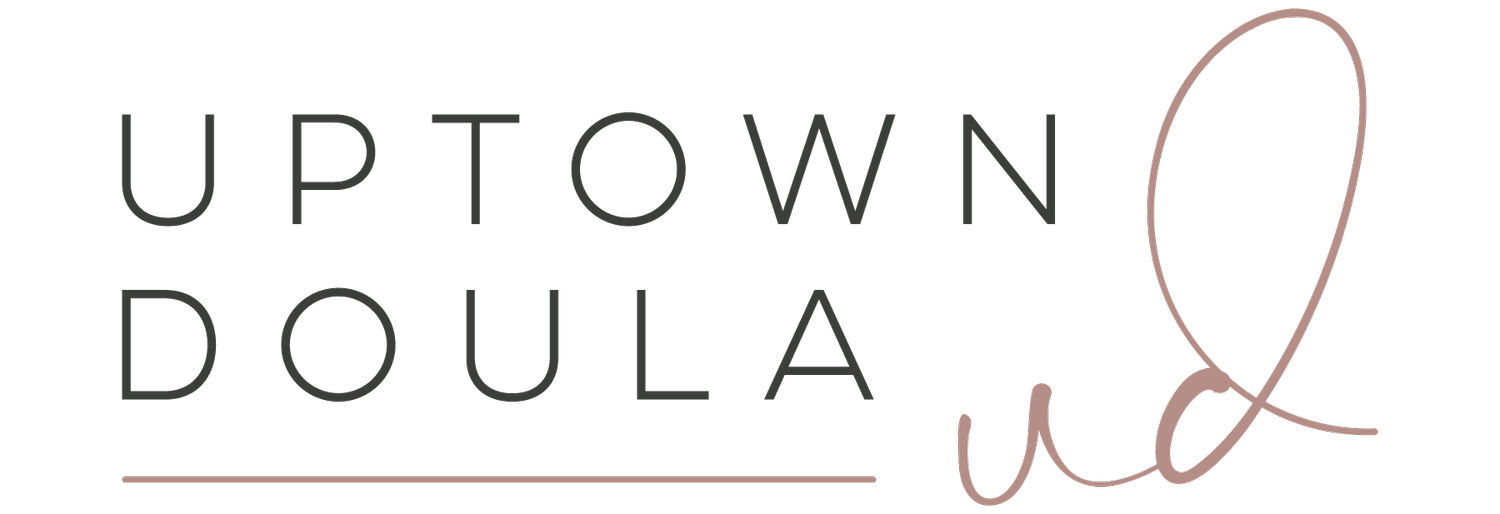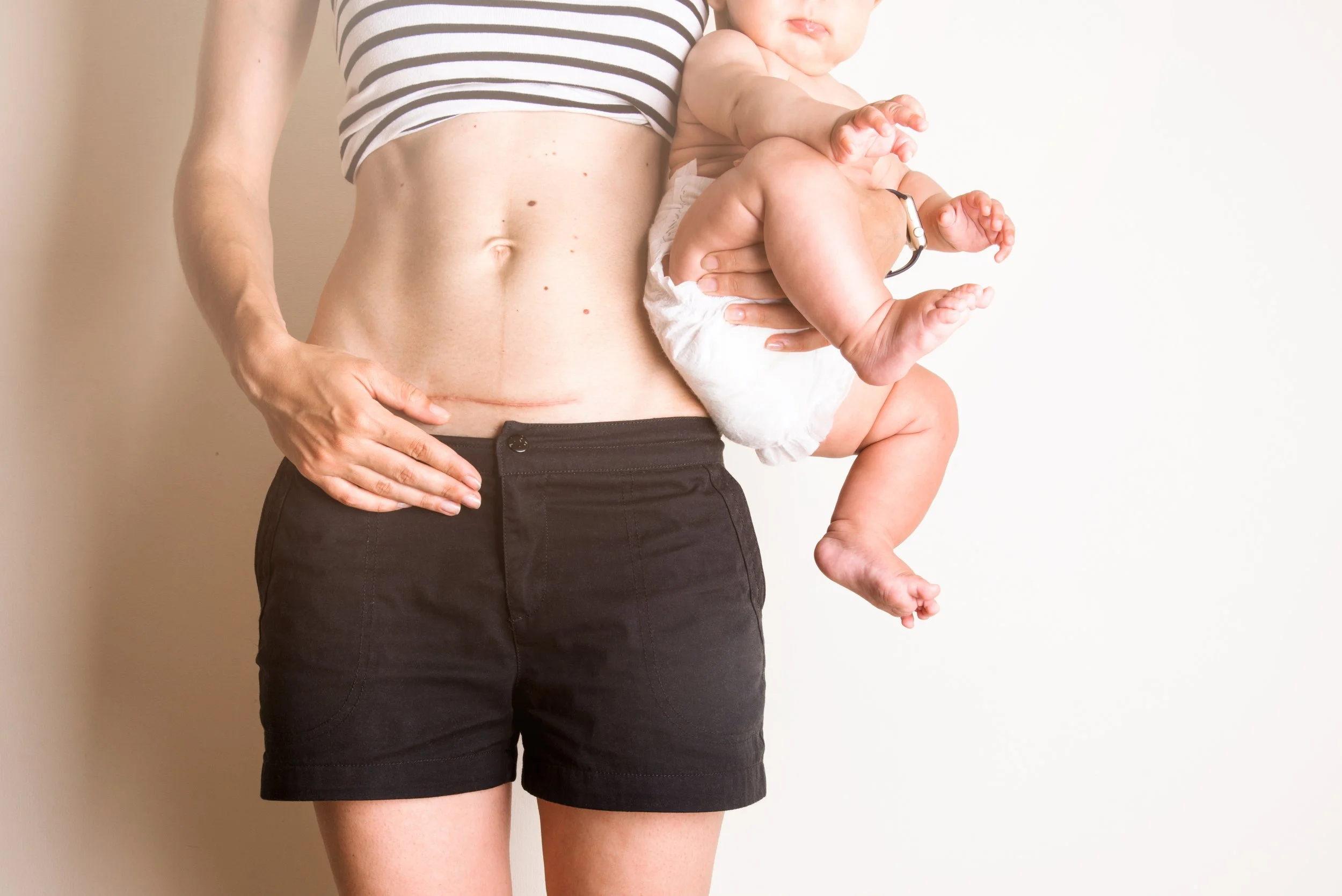Self-care isn't selfish, it's necessary. Let me ask you a question. If you had 45 minutes of self-care time a day how would you spend it?
You have kids and trust me, I get it. I’ve got three young kids myself which means I’ve got three tiny little humans constantly needing something from me which doesn’t leave much time for me to take care of myself.
Lets’ be honest here. You can’t give what you don’t have. Just like coffee, if the pot is empty, you won’t be able to fill your cup.
Not long after moving to the Charlotte, North Carolina area I made a conscience effort to take care of myself and make “me” a priority. I told myself, “2018 is going to be my year! I'm going to kick ass and grow Uptown Doula. In with the new and out with the old."
In order to make this happen though, I needed to figure out what was bringing me down the most and start there. It wasn’t hard to realize what was holding me back... My body image. For you, it may be something else totally unrelated. That's ok! My struggles may be different from your struggles. My needs may be polar opposite of your needs. What's holding me back may not be what's holding you back. Figure out what's weighing you down (no pun intended, I promise) and start there.
I’ve never had to struggle with weight until now. As a young child I was very active. I was a gymnast, I played softball, basketball and even ran cross-country and track. Throughout the years I never gave much thought about my weight, BMI or nutrition plan. Fad diets were never on my radar either. I ate and drank whatever I wanted, whenever I wanted.
It wasn’t until the birth of my third child that I noticed a difference in my body. First time around I bounced back pretty fast after giving birth, but I had a harder time after giving birth to my third baby.
I did all the things: I joined a local gym, counted calories, began a running routine, and said goodbye to craft beer. Of course, none of these things were sustainable (for me anyway). I stopped going to the gym after about two weeks, started eating crappy food again, quit running after day 4, and began enjoying craft beer again (By the way, the last one was not entirely my fault. We had company over and I couldn’t let them drink alone. That’s just rude).
Overall, I felt like an absolute failure and began the downward spiral and self-loathing phase. It was horrible and not how I imagined myself being as a mother of three. I knew then something had to change.
A few months ago, I started my two-week, free trial at Burn Boot Camp in Denver, North Carolina. I knew several close friends who raved about Burn so I thought I’d give it a shot. It was two weeks of free childcare. I wasn’t going to pass that up plus it would let me know right away if it was going to be sustainable for me long-term.
Day one was scary and I’m not entirely sure why. The hardest part was making the decision to sign up, now all I had to do was show up and do the work. Full disclosure: This place is intense! Each camp last 45-minutes and you work the entire time plus there’s usually a fun, high-intensity finisher at the end. Because you’re working so hard, the 45-minutes flies by.
There’s your silver lining.
What makes Burn Boot Camp so unique from other health clubs is, you’re actually pushed past what you think you can do. I’m a little embarrassed to say that when I was working out on my own I would use no more than 5-pound weights. Now I use 15-25 pound weights. Don’t worry, you won’t end up looking like a beefy body builder (unless you want to) but you will look and feel much stronger than you do right now. Empowering, yes?
When you walk into Burn, you are surrounded by women, mostly moms, just like you. Being a mother can be lonely at times. We’re so busy and life demands so much from us, so it’s refreshing to meet other moms going through some of the same struggles you are and powering through camp together with the sound of energetic, hip-hop music in the background (we know this is your jam).
No matter what state of fitness you fall into, your highly trained, certified personal trainers are there to guide you, help improve your form, and even dish out high fives along the way. They even provide individualized focus meetings where you set your goals and devise a plan that fits your unique lifestyle. Nutrition is important and your Burn trainer helps build a meal plan that actually works! After all, food was meant to be enjoyed right?
If you are thinking about taking the plunge and joining this amazing women-centered gym, now is the best time to do it! Commit 2 Fit is back by popular demand! This amazing 6-week challenge runs from September 4th – November 16th and is only $99!
This very small investment packs a HUGE punch!
You not only get six full weeks of high intensity (self-care) work-outs, you also get a packet full of information including: Accountability calendar, fitness challenges, eating guide. and stretching routine.
Curious about what a typical Burn Camp is like? Check out their Facebook page. Billy Haynes is the owner of Denver, North Carolina’s Burn Boot Camp and he’s also the Lead Certified Personal Trainer and a super nice guy who sinceerly wants to help you feel your best!
Why join Burn?
Because your body will thank you later
Because sometimes that push is all you need.
Because working out with friends makes it so much more fun.
Because it cleanses your mind and channels your energy
Because it feels good.
Because it’s addicting and you’ll love it! I pinky swear.










